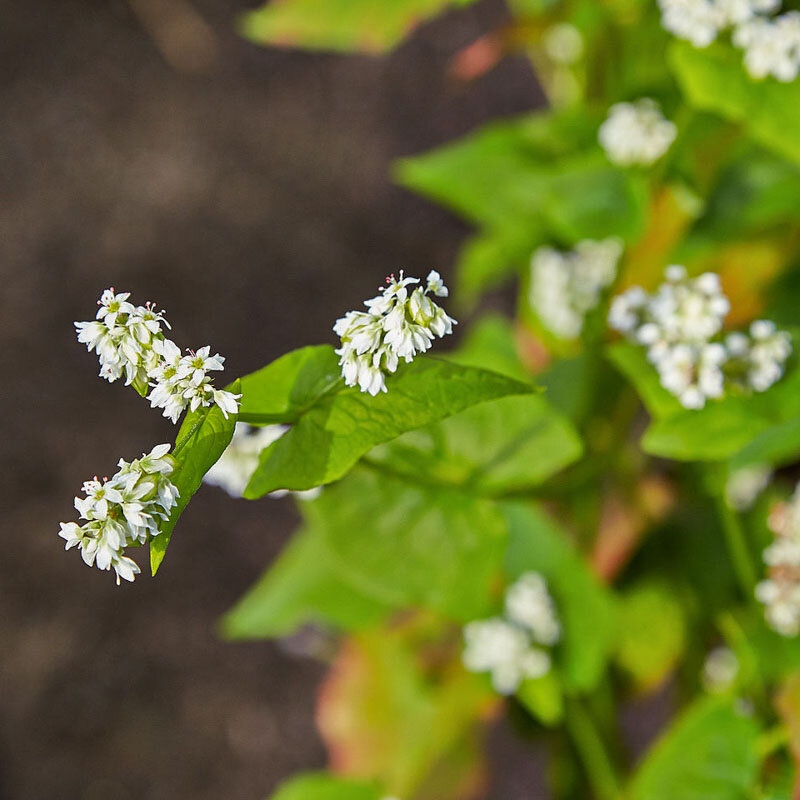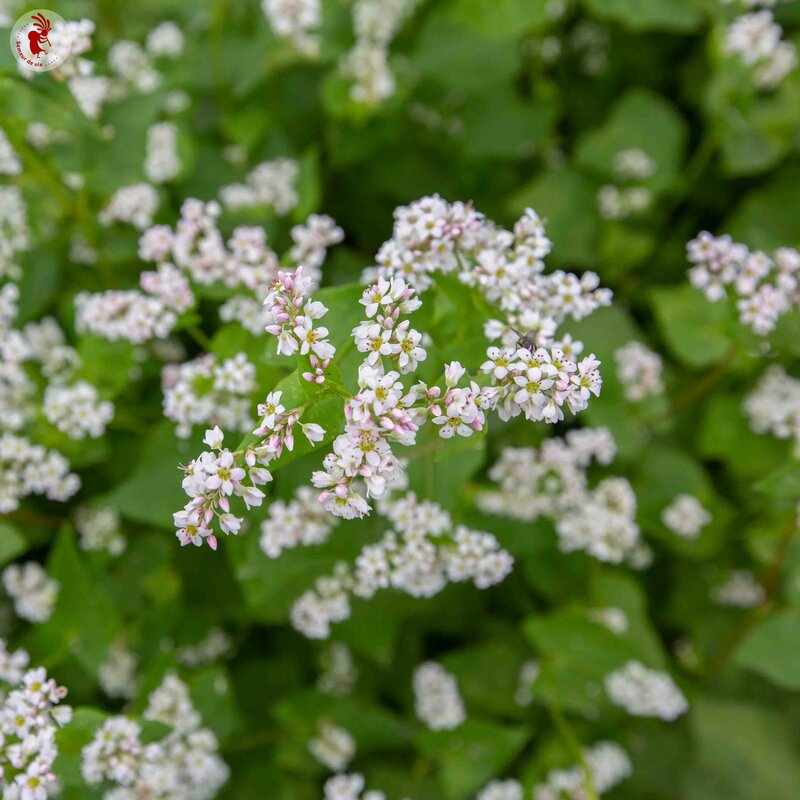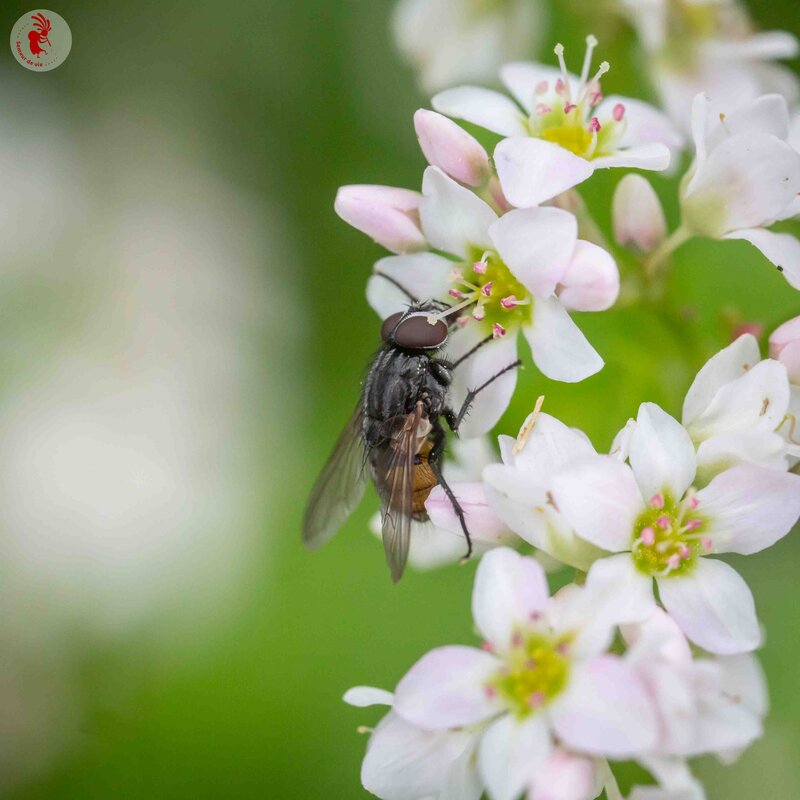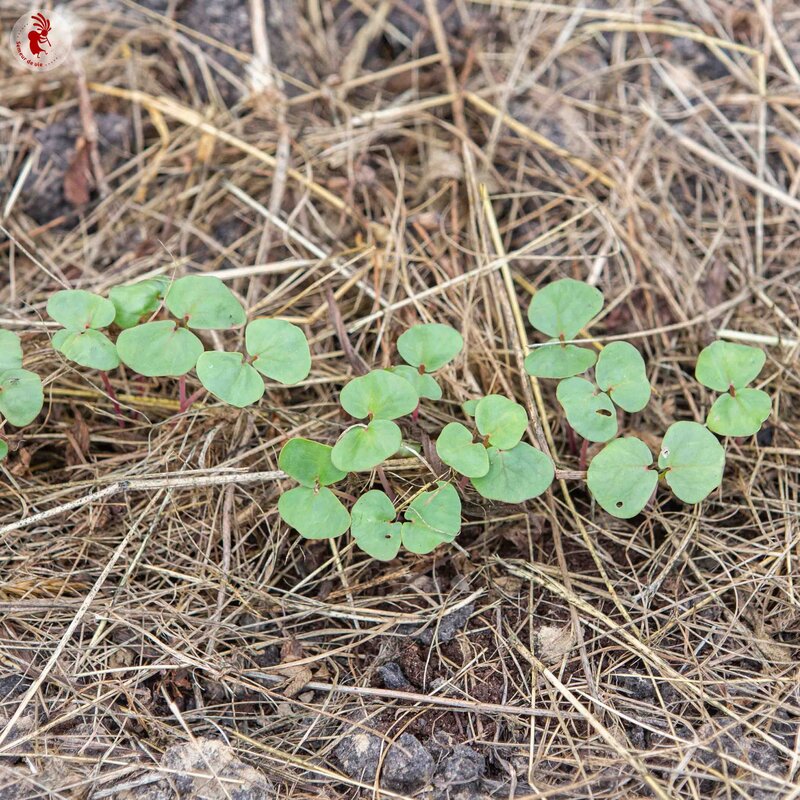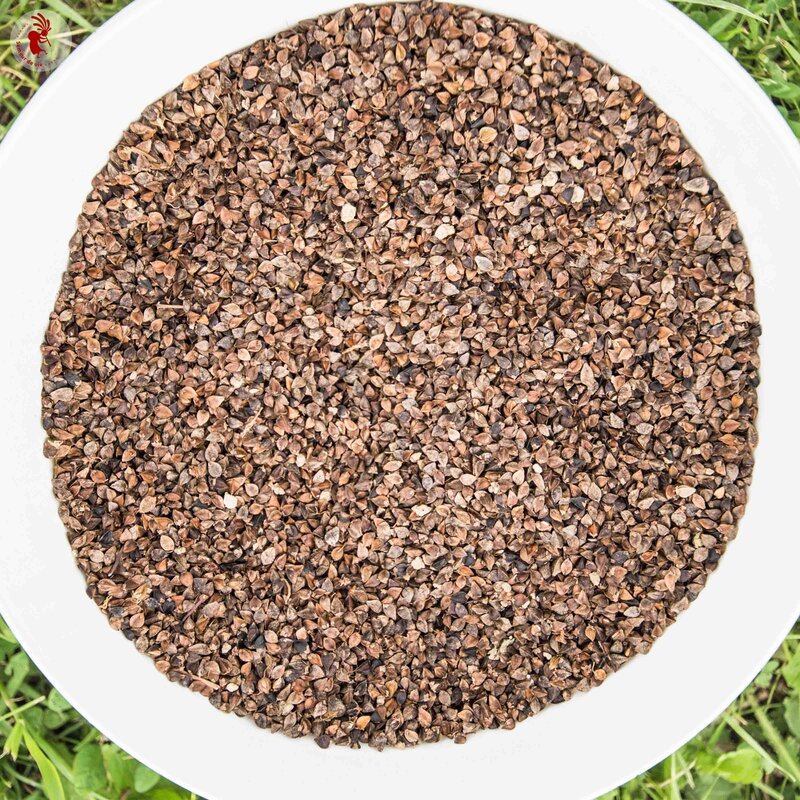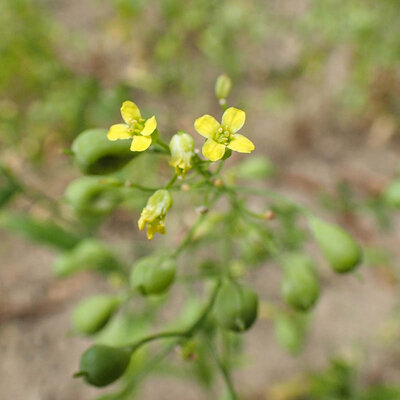Buckwheat
This fast-growing species, also known as "buckwheat", produces clusters of small, melliferous white or pink flowers on upright stems, followed by edible seeds. It can also be used as a green manure.
In the right conditions, this species can grow up to 1 m tall.
These products may also be of interest to you
in the ground, online, on the fly
Sow light-coloured directly in the ground, in rows 15 cm apart. Cover and lightly lead the seeds. For ground cover, it is also possible to sow into August and September.
Used as a green manure, buckwheat protects and covers the soil, enriching it with humus and preventing nutrients from leaching out. It is fast-growing, but does not tolerate frost.
April, May, June
June, July, August, September
in the ground
sunny
medium
all floor types
sec, drained
Fagopyrum esculentum
mid-season
40 grams
Pink, White
From 60 to 100 cm
Asia
This ancient species originates from Asia Minor (Anatolia, Mesopotamia). It was already cultivated around 7,500 BC. Its cultivation was widespread in Europe, but has declined sharply since the beginning of the 20th century.
Buckwheat is highly appreciated in low-glycemic diets. It is gluten-free and provides a high protein content. It is also a valuable source of vitamins and minerals: copper, phosphorus, zinc, calcium, as well as B vitamins. Rich in antioxidants, it contains phenolic acids and flavonoids whose anti-inflammatory effects boost cardiovascular health and could prevent certain cancers.



